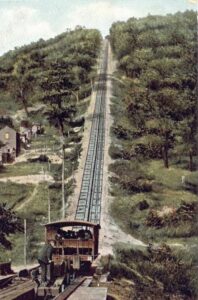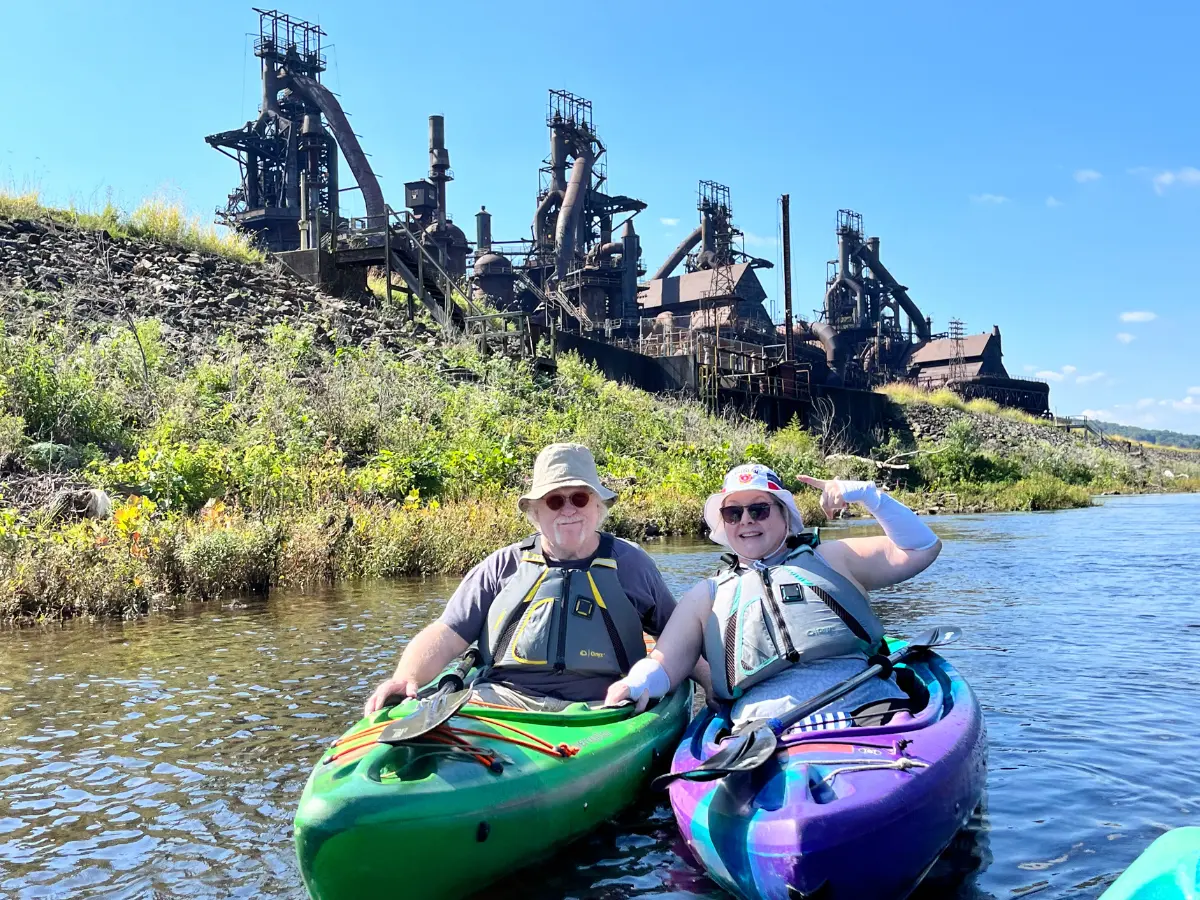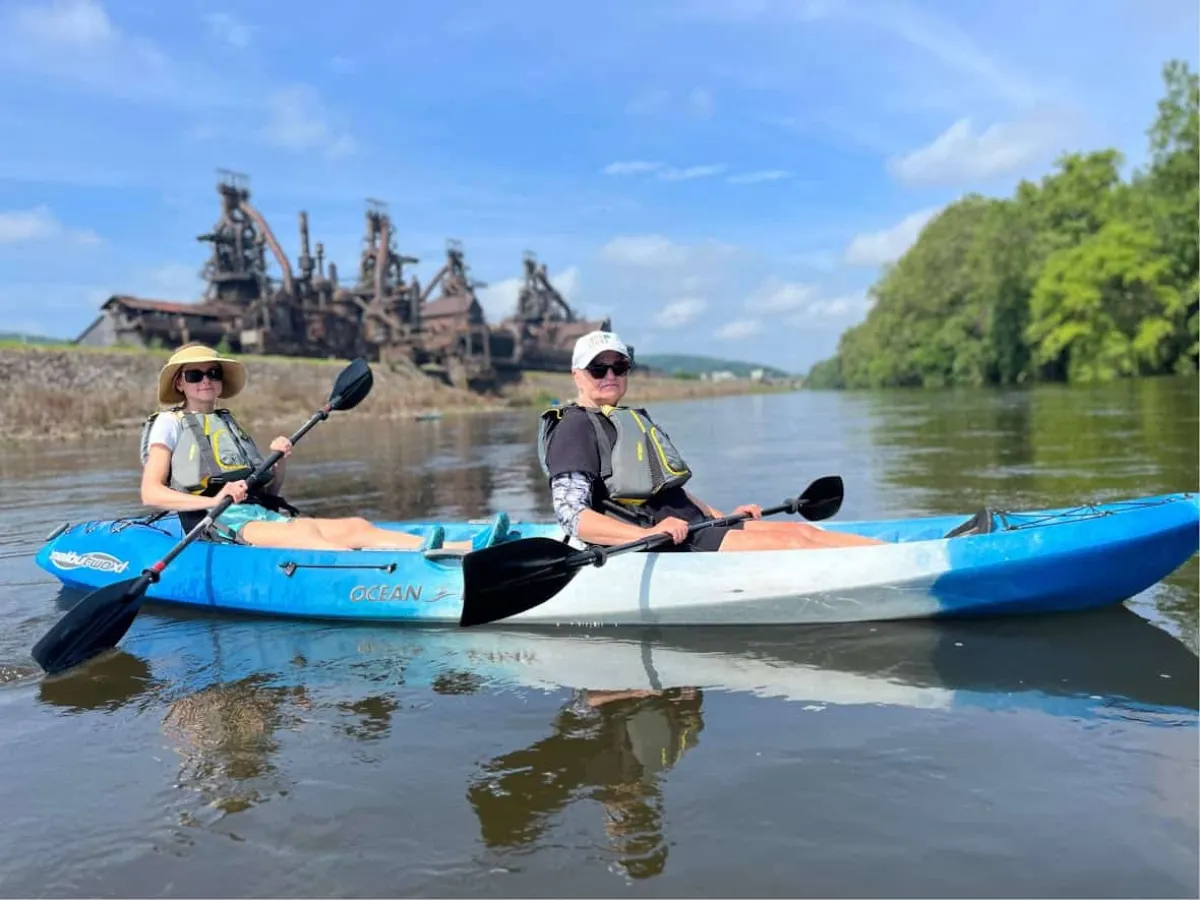Before modern roller coasters, there was gravity. And in the mountains just upriver from Bethlehem, a coal-hauling railway turned thrill ride became one of America’s first gravity-powered attractions. Welcome to the incredible tale of the Mauch Chunk Switchback Railroad—part industrial innovation, part adrenaline rush, and 100% unforgettable.
From Coal Cars to Crowds
It all started in 1827, when the Lehigh Coal & Navigation Company built the “Gravity Road” to move coal nine miles downhill from Summit Hill to canal boats in Mauch Chunk (now Jim Thorpe). The loaded coal cars needed no engines—just the force of gravity.
The Mule Twist
But getting the empty cars back uphill? That job went to mules. And in a twist that became local legend, once the mules hauled the cars to the summit, they got to ride back down in their own special cars. Locals and tourists alike were captivated by the sight of these animals’ ears perked, ready for their downhill reward.
The system was efficient and, let’s be honest, kind of adorable. But it was also slow.
Steam Power Steps In
By 1845, engineers replaced the mule-haul with a more advanced setup. Two massive steam-powered inclined planes—Mount Pisgah and Mount Jefferson—lifted empty cars (and later, passenger cars) back to the summit. The downhill run stayed gravity-powered, now even smoother and more thrilling.
- Engineering Feat: Stationary engines pulled cars up using cables.
- Scenic and Exciting: The descent wound through forests and cliffs, offering stunning views and a rush of speed.

The First American Roller Coaster?
As new tunnels and rail lines emerged, the Gravity Road stopped hauling coal. But its popularity as a tourist ride exploded. By the late 1800s, it was known as the Switchback Railroad, drawing thousands from Philadelphia, New York, and beyond.
- Riders sped downhill on gravity alone.
- Curves and drops gave an early taste of coaster-like excitement.
- Nicknamed the “Switzerland of America” for its dramatic scenery.
While it wasn’t a roller coaster in the modern sense, the Switchback Railroad laid the foundation for what would become a staple of amusement parks.
The Final Descent
Tourism thrived until the Great Depression hit. Travel slowed, cars replaced rail adventures, and in 1933, the Switchback Railroad made its final ride. A few years later, it was dismantled and sold for scrap.
A Legacy That Still Moves
Though the tracks are long gone, the story of the Mauch Chunk Switchback Railroad still echoes through the Lehigh Valley. It’s a testament to the region’s coal-powered roots, the birth of American tourism, and the unforgettable image of mules coasting downhill like seasoned thrill-seekers.
Paddle Through the Past
Today, you can explore the same river that those coal barges once traveled. As you kayak the Lehigh Canal with Historic Bethlehem River Tours, you’re tracing the path carved by coal, railroads, and innovation.
Ready for your own adventure through Lehigh Valley history? Book your guided river tour today at Historic Bethlehem River Tours.


